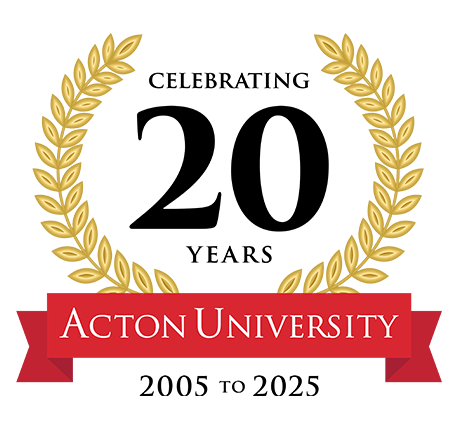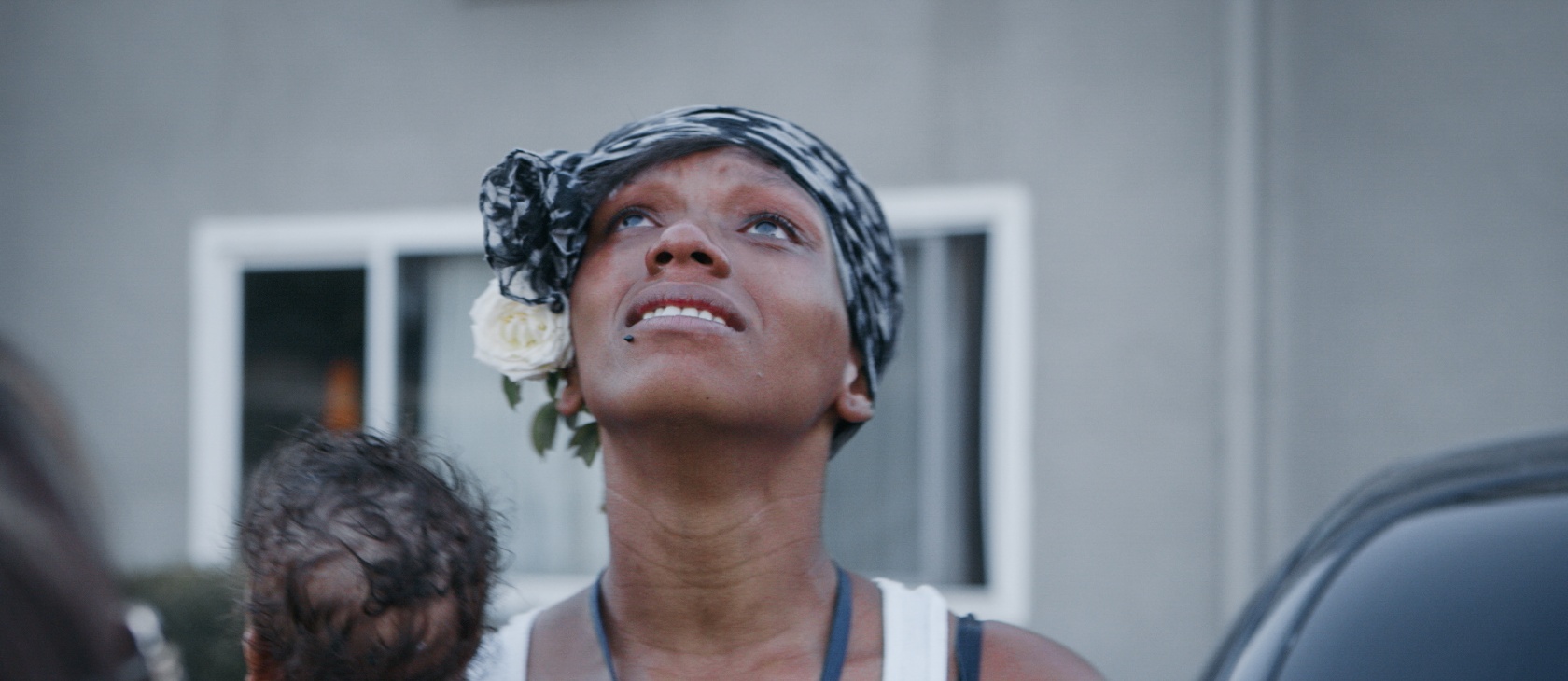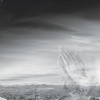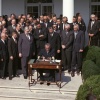However unique their history or circumstances, communities experiencing high unemployment are pockmarked by the same sights: shuttered factories, rows of abandoned homes bulldozed or set ablaze by arsonists, and a debilitating hopelessness. After sifting through the wreckage of jobless cities and shattered lives for his new documentary, America Lost filmmaker Christopher F. Rufo found a crisis of faith and work.
Rufo spent three years following the lives of people struggling to get by in three depressed communities: Youngstown, Ohio; Memphis, Tennessee; and Stockton, California. The cities have radically different histories, yet the modern reality on the ground is virtually interchangeable.
Youngstown is a former steel town. In more prosperous times, presidents came to court their votes; today, longshot candidates condescendingly tell residents to check their privilege. Memphis became a prosperous postwar beacon for African-American families, known for its churches. Stockton is post-racial, with whites, blacks, Hispanics, and Asians each claiming one-quarter of the population. But in all three cities, Rufo shows neighborhood after neighborhood of dilapidated housing, unemployed or underemployed residents, and the personal demons that transcend time or locality.
Politicians of both parties confused the symptoms with the underlying illness, treating the human person as an economic input—precisely the error that Martin Luther King Jr. identified at the heart of Marxism. Political leaders believed the proper balance of spending and tax policies would usher in a new era of prosperity. But they found that the tree cannot bear more fruit than the potential latent within its seed.
America Lost shows that churches and civic institutions can provide the greatest antidote to poverty: hope.
This reality gobsmacked Rufo, the director of the Discovery Institute’s Center on Wealth, Poverty, and Morality. He began with a technocratic, economic approach to poverty, only to find its roots deeply entangled in the soil of the human soul.
“I thought I’d be telling an economic story, but over time I realized there’s a deeper human crisis,” says Rufo. “At heart, the crisis in America’s forgotten cities is a crisis of meaning. All of the old structures that once provided a solid foundation—faith, family, work, and community—have slowly fallen apart.”
“The real problem is not just economic but deeply personal, human, even spiritual,” he says.
Deprived of the dignity of work, individuals fell back on “the old churches and civic associations that once shaped young men,” only to find that they had “broken apart.” Memphis has lost half of its social capital since the 1950s.
The void proved a fertile breeding ground for pandemics that pervade all low-income communities. Chief among them is crime, especially among men—whether the drug deal that claimed the life of Jennifer’s father in Youngstown or the offenses that sent both fathers of Contrina’s children to the same Memphis jail. (Her own father was incarcerated, as well.)
There is the related—but not coterminous—problem of fatherlessness. “There’s no way of getting around the fact that in order to truly understand American poverty, we have to address the question of family,” says Rufo. “In some Section 8 housing complexes, 100 percent of all children are born to single mothers.” Single-parent households are 342 percent more likely to end up in poverty, according to one study.
The problem, like the solution, is not merely economic. The Brookings Institution’s Isabel V. Sawhill noted:
Children raised by single mothers are more likely to fare worse on a number of dimensions, including their school achievement, their social and emotional development, their health and their success in the labor market. They are at greater risk of parental abuse and neglect (especially from live-in boyfriends who are not their biological fathers), more likely to become teen parents and less likely to graduate from high school or college. Not all children raised in single parent families suffer these adverse outcomes; it is simply that the risks are greater for them.
No one understands these issues more than the single mothers struggling to overcome them. Contrina, who ekes out a meager living selling food from her kitchen (likely without the relevant license), tells her own children the steps she wants them to take in life: “First, I want you to finish high school. College is a must. Get married before having kids.”
Academics will recognize these as the steps of the success sequence, formulated by Sawhill and her Brookings colleague, Ron Haskins. Research bears out the truth that Contrina learned from experience. The poverty level among Canadians who follow these steps is 0.9 percent, and Sawhill, found that blacks “gained far more both absolutely and relatively than whites” by following the success sequence. For Sawhill and Haskins, this is another vindication of their theory; for Contrina, it’s a cri de coeur that her children will “break that cycle.”
All of the film’s subjects—Contrina, Jennifer, and the men profiled—exhibit personal and existential loneliness. “Ultimately, the people I met in America’s forgotten cities are searching for a sense of meaning, purpose, and moral order,” says Rufo. “They’re desperately looking for something higher.”
The 75-minute documentary captures the blight, confusion, and vulnerability of those profiled—and the young people dependent on them. It reveals real people constrained as much by character flaws as social or economic barriers, each with varying levels of commitment to personal change.
America Lost allows the characters to tell their own stories without fitting them into an artificial construct. Rufo eschews the manipulative tactics that shoehorn a documentary into a formula.
Rufo’s narrative can be so understated that one could miss the heart of the movie: the uplifting ministry of inner-city churches and rescue missions.
Ultimately, churches and not one-size-fits-all government programs will solve the problem of inner-city poverty.
Pastor Jereme, who works in a men’s recovery, shares how he overcame life as a teenage runaway and gang member to bring hope to the hopeless. Men in a Memphis rescue mission listen as the pastor tells them about the importance of virtue for their personal prosperity.
“I didn’t set out to tell a story of religion, but the reality is that faith-based organizations are still the cornerstone of poor communities,” Rufo says. “Inner-city churches are often the only institutions that offer a clear sense of meaning, purpose, and community.”
That surprising revelation became his most significant takeaway. Despite a prodigious federal investment in anti-poverty programs—more than $3 billion a year in Memphis alone—realities on the ground worsen. In time, the public sector displaces the private sector. In Youngstown, “The top 10 percent of the population works in the public bureaucracy and runs a vast network of social programs, while the bottom 50 percent survives on public assistance, disability, or is currently incarcerated.”
Government bureaucracies have created an entitlement mentality that threatens to lock their “clients” into a cycle of persistent poverty and hopeless. America Lost shows that churches and civic institutions can provide the greatest antidote to poverty: hope. They can provide targeted aid and personalized plans for each unique individual. Ultimately, churches and not one-size-fits-all government programs will solve the problem of inner-city poverty.
“We’ve tried to solve our problems through top-down public policies, but I’ve learned that real change doesn’t happen from the top-down. It happens from the inside out. It starts within each individual human heart and slowly works its way outward to families, neighbors, and communities,” Rufo says. “We must rediscover the traditional sources of meaning—faith, family, work, and community—and adapt them to the modern condition.”
America Lost conveys that message powerfully through changed lives, visions of hopeful futures, and outreach ministries working indefatigably in the heart of jobless America to restore faith and meaning to cities adrift.
(Photo credit: Christopher F. Rufo. Used with permission.)














